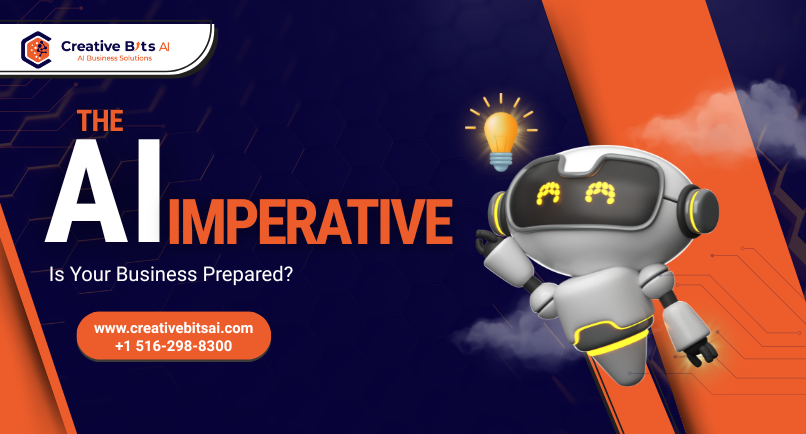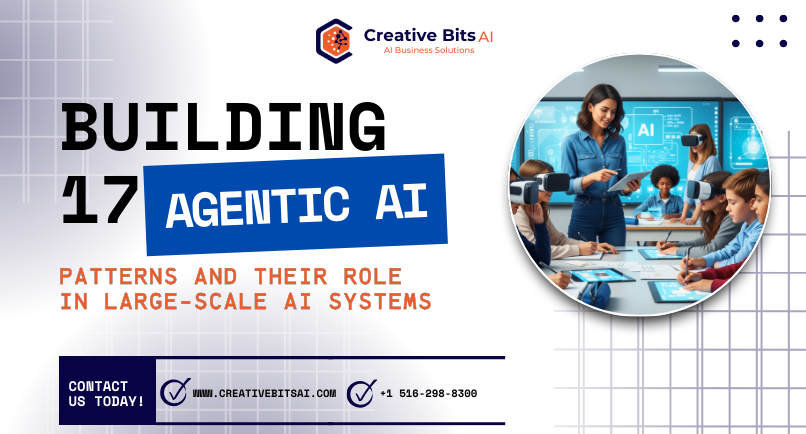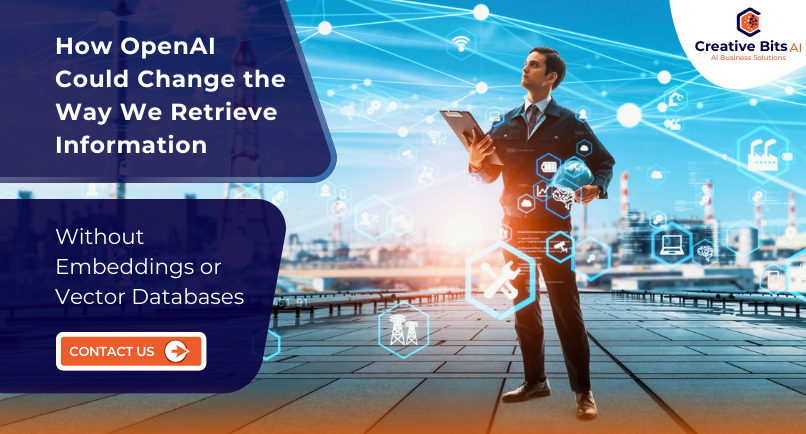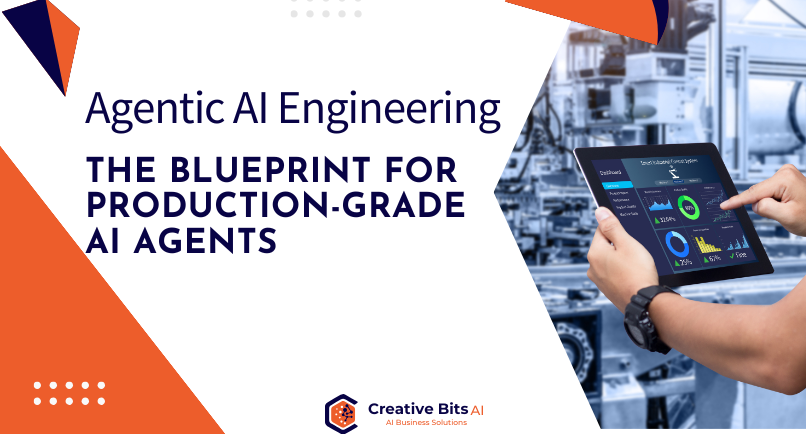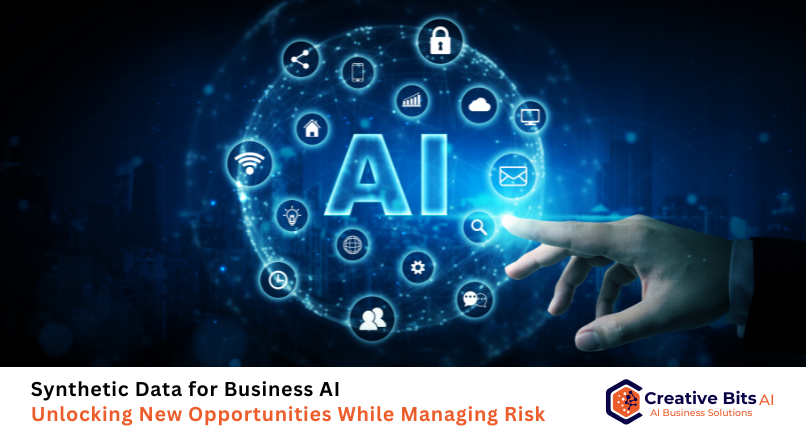The age of artificial intelligence is here, and it’s not just a possibility anymore—it’s a reality. From algorithms that predict user behavior and change how we use products to models that create new content, AI has spread into every big area of business. However, many companies are still not fully involved, either stuck in doubt or easily misled by exaggerated claims. As competition moves toward businesses that use AI naturally, the question isn’t whether you should use AI, but rather when and how quickly you can implement it. Waiting too long is no longer acceptable.
In this context, being ready for AI is a key strategic move. Companies that don’t take action quickly could become outdated—not in years, but soon. The AI revolution is speeding up, and those who wait too long may not just fall behind their competitors but might not have a chance to catch up. This blog isn’t about explaining AI technology—it’s a warning for leaders, team managers, and forward-thinking people. The goal is to highlight why it’s urgent to adopt AI, figure out what helps businesses change, and show the real cost of waiting.
According to a McKinsey Global Survey, the use of AI has more than doubled since 2017, with 55% of companies now using at least one AI function by 2023. This shows a big change in how businesses are creating value, not just a passing trend. The truth is, the sooner you start using AI in your operations, the more benefit you’ll have in the long run.
In the sections ahead, CreativeBits AI looks at the strategic reasons to adopt AI, the changes in culture needed to bring it in, the dangers of waiting too long, and how a company can begin taking important steps—starting with having a conversation. This isn’t about rushing to implement AI right away—it’s about making sure your business is ready for AI today.
(1) Why the AI Clock is Ticking for Businesses
Artificial intelligence has hit a turning point. It’s not just something big companies or research labs use anymore. It’s becoming a key advantage for businesses in their daily operations. You can see this growth happening everywhere: AI is now creating advertisements, predicting market changes, handling shipping and supply chains, spotting fraud, running customer support, and even writing computer code.
This rapid widespread use isn’t because of just hype. It’s because of big, fast improvements in how well AI models work, how much they cost, and how easy they are to use. For example, OpenAI’s GPT-4 and Google’s Gemini have made it much simpler for people with different skill levels to use AI in their daily work. This has made AI more accessible to everyone, changing the conversation from “Why should we use AI?” to “Why haven’t we used it yet?”
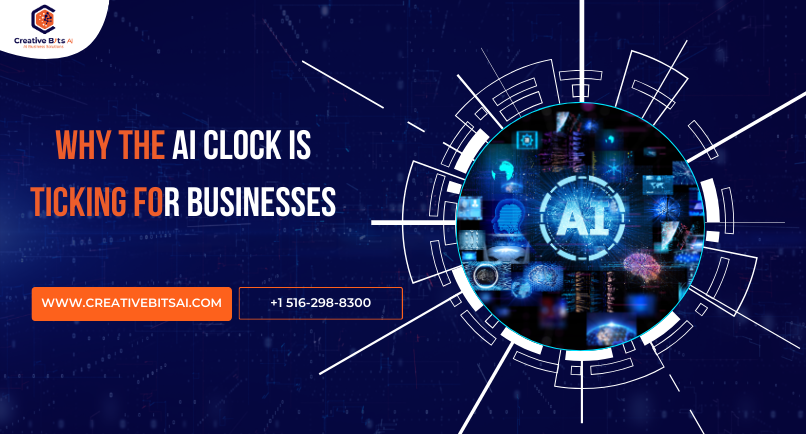
In real-world situations, companies that are using AI are seeing major gains in how they run their business and save money.
A report by PwC predicts that AI could add up to $15.7 trillion to the global economy by 2030. That’s more than the total economic output of China and India right now. These benefits come from lower costs, better personalized services, quicker decisions, and the ability to create new products more easily.
However, the ticking clock isn’t just about potential. It’s also about growing gaps in ability. Those who get started early set up data systems, train their teams, and improve their ethical standards. On the other hand, those who come later have to deal with two problems at once: catching up in technology and culture, while their competitors are already working on the next big AI advancements.
Moreover, consumer expectations are changing at the same time. Customers and users are starting to expect experiences that use AI: real-time updates, smart help, highly personalized options, and smooth, easy-to-use interfaces. If you’re not providing these, someone else will be.
In short, failing to adopt AI doesn’t mean staying neutral- it means actively choosing decline in a fast-evolving marketplace.
(2) Digital Culture Shock: Why Mindset Matters More Than Models
Many organizations wrongly think that using AI is just a technical task—like installing the software and hiring a data scientist, and then you’re done. But the technology itself is only 20% of the work. The real problem is the culture within the organization.
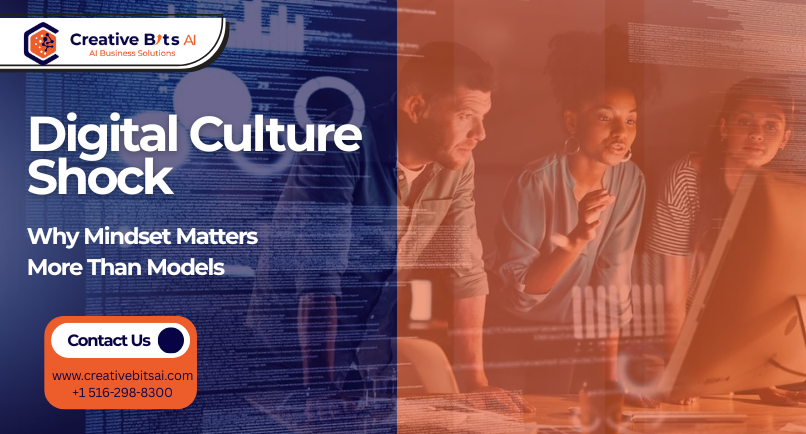
Adopting AI needs a change in how people think: moving from aiming for perfection to embracing continuous improvement, from working in separate teams to collaborating across departments, and from strict control to working together to create. Traditional leadership structures often see AI as a danger instead of a helpful tool, which leads to pushback not just from workers, but also from team leaders and top executives who worry AI will upset the status quo rather than help everyone succeed.
According to the Harvard Business Review, almost 70% of failures in digital transformation are due to cultural resistance, not because of technical issues. This resistance slows down experimentation and weakens the learning processes that AI depends on.
Imagine a sales team using an AI system that predicts which leads are most likely to convert. If the salespeople don’t trust the results the AI gives, they’ll ignore them. If they don’t accept suggestions or feedback from the system, it can’t get better. And if leaders aren’t fully supportive of the project, it will eventually stall out.
So, getting your business ready for AI begins with getting your people ready. Don’t just teach them how to use tools. Also, focus on values like transparency, making ethical choices, and always learning more. Lead from the top by encouraging digital skills across the whole team. Make sure there are safe spaces where people can try new things and learn from mistakes. Support projects that embrace the idea of failing quickly and learning even faster.
In essence, AI adoption is as much an exercise in change management as it is in coding. The sooner you build a digital culture, the smoother your AI journey will be.
(3) The Price of Waiting: Hidden Costs of AI Inaction
In the fast-paced world of adopting AI, holding back costs you dearly. Many businesses slow down because they’re waiting for the “perfect” model, the “right” vendor, or a completely mature setup. But chasing perfection isn’t just unattainable. It’s also a big expense.
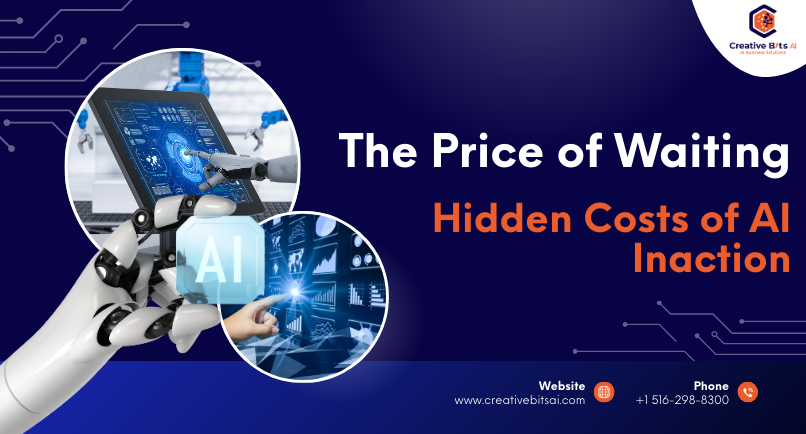
Every quarter of delay equates to:
- Missed revenue from automation-driven efficiency,
- Talent loss as digitally fluent professionals prefer progressive environments,
- Declining relevance as competitors set new benchmarks for customer experience.
According to Accenture, companies that are ahead in their AI maturity see revenue growth that’s 50% higher compared to those that are falling behind. These aren’t just small wins. They are real, growing advantages. Once a competitor has trained their model, fine-tuned their process, and started using insights from their data, you’re no longer on equal ground—you’re playing by their rules.
The longer you wait, the bigger the gap in knowledge becomes. Using AI in five years will likely mean updating old systems, starting training all over again, and maybe even rebuilding your data infrastructure from the ground up.
Also, let’s not forget about the regulatory advantage. Countries like the EU are putting in place rules for AI compliance. Companies that get started early can naturally include ethical practices and compliance structures into their operations. Those who come in later might end up paying more in compliance costs, facing fines, or suffering from damage to their reputation.
In short, waiting is not cautious. It’s costly.
(4) From Decision to Action: Your AI Journey Begins Here
If the case for AI is so strong, why aren’t more businesses starting to use it? Usually, it’s because of the huge complexity involved—there are so many vendors, so many tools, and so many things that aren’t clear.
That’s exactly why TimeBits offers the AI Readiness Discovery Call. It’s not about pushing a product on you. It’s about helping you evaluate your current situation, figure out what’s possible, and find a way to move forward quickly without causing problems.
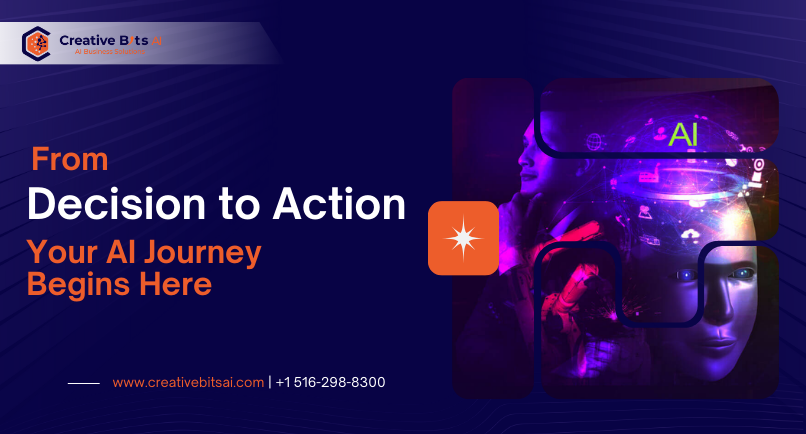
Start with something small. Pick one process, like lead qualification, email sorting, or approving timesheets. Try out an AI tool for that process. See how much it helps. Make improvements based on what you learn. Keep moving forward. Before you know it, you’ll realize that AI isn’t some big, scary change. It’s a steady, growing cycle of learning, automation, and creating more value.
Working with CreativeBits AI via TimeBits means you’re not just keeping up with the future. You’re helping to shape it. Our method combines quick action with proper oversight, fast progress with ethical standards, and meaningful results with long-term responsibility.
So the real question isn’t “Is your business ready for AI?”
It’s “Are you ready to lead in the age of AI?”
